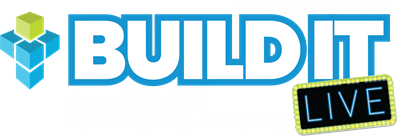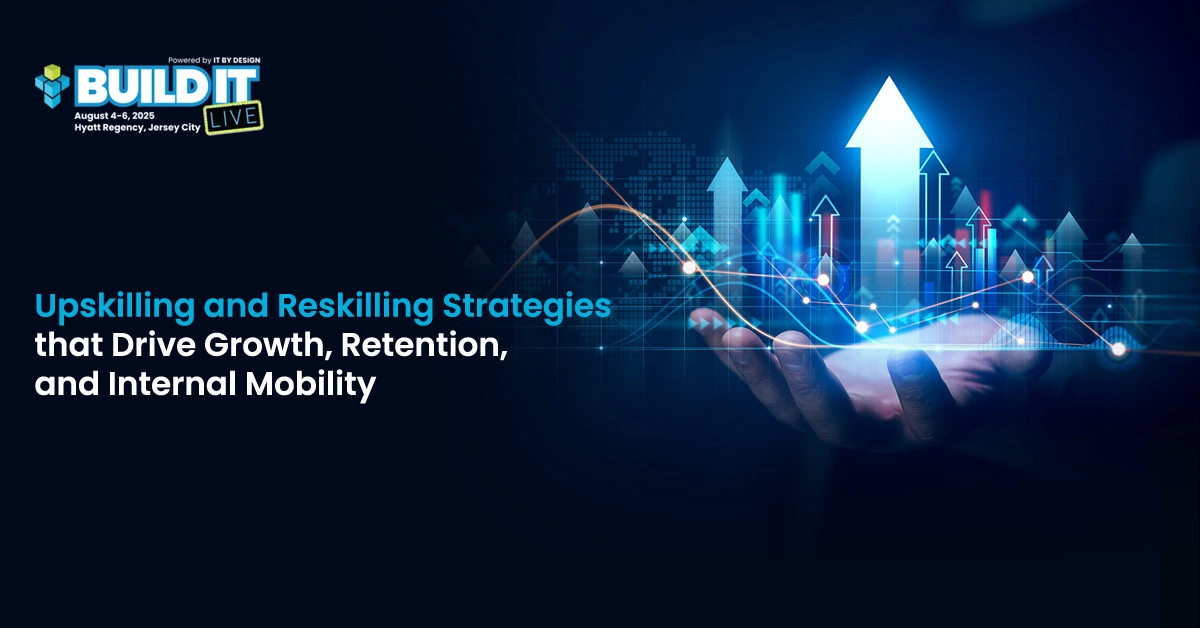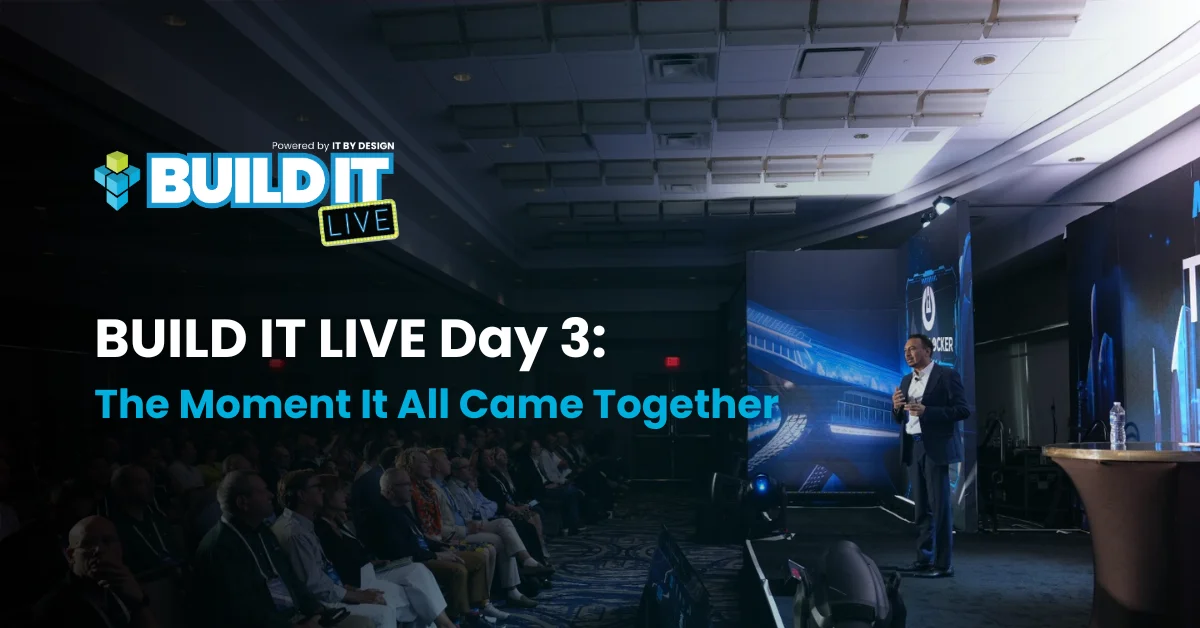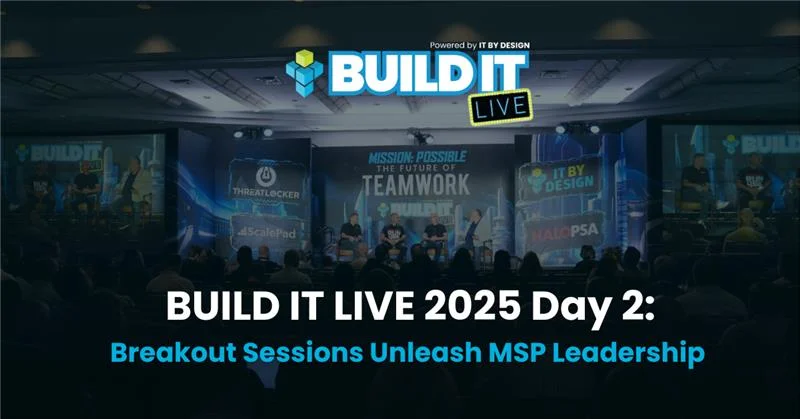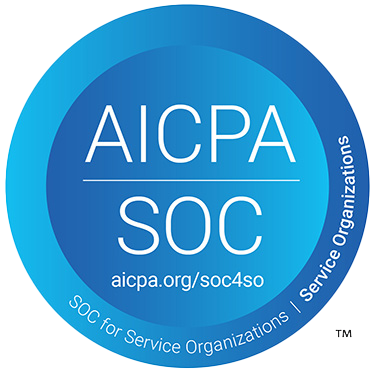The days of creating future-ready firms with solitary training and workshops are long gone. Organizations require upskilling strategies that change as quickly as the market in a world where change is rapid and skill shortages arise overnight. Investing in your people is the true advantage, not merely using strategies or equipment.
The best results are realized when reskilling is paired with upskilling tactics. This not only contributes greatly to building future-ready teams but also to enhancing employee engagement and retention.
Let’s explore this in business terms.
The business case for upskilling strategies and reskilling strategies
One way to stand out is to invest in your employees. Organizations are better able to expand, adapt, and retain personnel in a dynamic environment when they develop internal competencies through reskilling and upskilling.
Reduces hiring costs and time-to-fill
- According to gallup, the cost of replacing an employee can be 0.5x to 2x the employee’s salary! This makes an even stronger case for the need for designing upskilling strategies and reskilling strategies.
Improves workforce agility
- Cross-trained teams can more successfully transition into new positions or responsibilities as company needs change.
- Increases resilience against market shifts or unexpected disruptions.
- Enhances employee engagement and productivity.
It’s a no-brainer that MSP leadership conferences in the US are now highlighting these strategies as central to building robust IT and business operations. Many of these emphasize the ROI of tapping into your existing talent pool.
Aligning learning with business objectives
Not all learning leads to business impact. The magic happens when learning and development is laser-focused on what your business actually needs.
Start by asking: where is your company going in the next 12 to 24 months? What kinds of upskilling strategies are required? Whether it’s digital transformation, entering new markets, or scaling services—your upskilling strategies should be tailored to help you get there.
Learning and development need to shift from being an auxiliary function to a strategic driver. If your customer service agents must learn artificial intelligence tools or your marketing people must learn data analytics, make your upskilling schemes align with those needs.
And don’t keep this strategy siloed. Weigh in business leaders; making them an integral part of employee upskilling. In order to truly link learning with business objectives, you need to embed upskilling initiatives into the fabric of your organization.
Let’s explore how!
Learning as a daily practice
Successful upskilling strategies rely on embedding learning into work’s rhythm. From mentoring and microlearning to real-time feedback, when growth is a routine, it enables employees to develop without having to leave their duties. This daily approach supports progress and raises knowledge retention.
Leadership sets the tone
Leaders are the accelerators of learning culture. When executives and managers model curiosity, sponsor reskilling strategies, and champion internal development, they elevate learning from optional to organizationally essential. Leadership visibility signals that growth is everyone’s responsibility—starting from the top.
Recognition and motivation
Skill-building gains traction when employee engagement is fueled by recognition. Highlighting progress through feedback loops, gamified incentives, or internal spotlights keeps motivation high. When employees see their efforts rewarded and aligned with career paths, they don’t just participate—they commit.
A culture of continuous development isn’t a perk. It’s a strategic imperative that turns talent into transformation.
Internal mobility as a driver of engagement and retention
The importance of internal mobility as a driver of employee engagement, retention, and lasting satisfaction can never be overstated.
In today’s MSP world, people don’t leave for money—they leave when they don’t see growth and a clear career path forward. Internal mobility isn’t a perk anymore—it’s what keeps your best talent engaged and productive.
For internal mobility to become a real engine of employee engagement and employee retention, you need to go beyond occasional promotions. It starts with strong upskilling strategies that help people build the capabilities they’ll need in their next role, not just their current one.
Smart MSPs are investing in:
- Transparent job postings supported by structured upskilling strategies so employees can clearly see open opportunities across departments or service lines. No more “I didn’t even know that role existed.”
- Clear competency frameworks paired with robust upskilling strategies that lay out what success looks like at every level—so people can track their growth and work toward it with intention.
- Supportive managers are key drivers of this growth. When equipped with the right upskilling strategies, they don’t just manage—they coach. They actively advocate for their team’s advancement, using data and development plans to unlock potential.
- Reskilling strategies that help employees transition across functions—like from service desk to cybersecurity, or from tech support to cloud operations.
Combine these with a culture that celebrates internal moves, and you don’t just fill roles—you unlock potential, fuel loyalty, and strengthen your talent pipeline from within.
Because the best people don’t always need to be found—they just need to be given a path forward.
Leveraging technology for scalable development
It’s one thing to have good intentions about learning. It’s another to actually scale it.
That’s where technology comes in. The best upskilling strategies today are powered by intelligent platforms that personalize learning, track skill development, and connect the dots between roles and training.
Modern tools help you:
- Assess current skill levels
- Recommend learning paths based on goals
- Deliver just-in-time microlearning
- Tie learning outcomes to performance metrics
These platforms don’t just support learning and development—they become strategic assets in your talent pipeline. When used correctly, they allow you to implement reskilling strategies and upskilling strategies without losing human touch.
Conclusion: Talent is your most undervalued competitive advantage
The most successful MSPs today aren’t just keeping up with change—they’re anticipating it. Their competitive edge doesn’t lie solely in the newest tools or platforms, but in the people they invest in every day.
At top-tier IT MSP leadership conferences in the US, a clear pattern has emerged: leading organizations are shifting their focus inward. Rather than relying solely on external hires, they’re unlocking untapped potential through thoughtful upskilling strategies. They’re embracing reskilling strategies to adapt legacy talent to new demands—whether that’s cloud architecture, cybersecurity, or automation.
Guess what? Even you can build a powerhouse team at Build IT LIVE 2025! Curious how?
At premier MSP leadership conferences in the US like build IT LIVE 2025, you won’t just hear buzzwords—you’ll walk away with battle-tested reskilling and upskilling strategies built to drive real outcomes. This year, get ready to learn from Michael Timmes of insperity, a trusted advisor to MSPs nationwide and a champion of workforce-first growth.
Michael brings more than theory—he brings field experience. His session will unpack the exact frameworks MSP leaders need to align workforce development with business growth, boost employee engagement, and strengthen employee retention in a competitive market.
This isn’t just another talk—it’s a hands-on playbook for turning your talent into your biggest advantage.
Ready to evolve your upskilling strategies and future-proof your people? Secure your spot now for build IT LIVE 2025 and lead the change.
